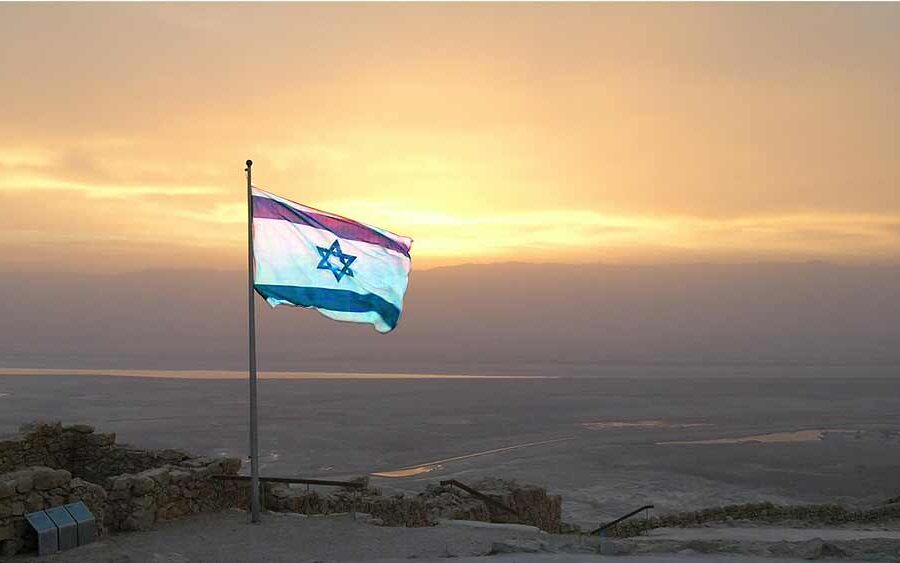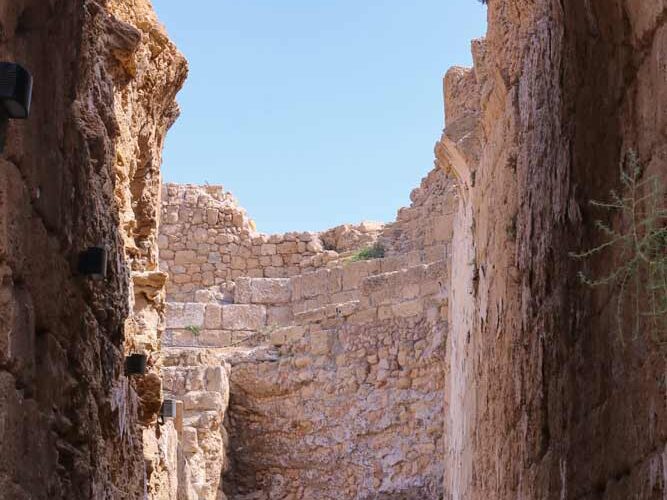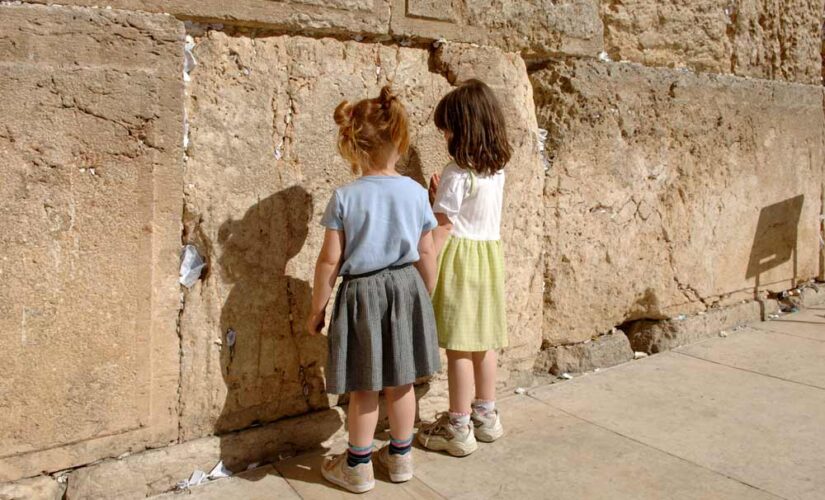Tzfat is a city in the Northern District of Israel. Located at an elevation of…
#87 Live in a Jewish state

From the outset of Zionism as a political movement it was clear that the subject on the agenda was a Jewish state. Herzl called his famous pamphlet of 1896, which formed the basis for his entire activity and hence the establishment of the Zionist movement, The Jewish State. There were those in the movement who chose, mainly for tactical reasons, to downplay the political side of the program; they talked more in terms of a Jewish society than a state. Nevertheless, it was clear to everyone that the goal was to attain an autonomic entity in which Jews would completely control their own lives. Soon enough, it became clear to all in the movement that such an entity was only conceivable in Eretz Israel. That much was agreed upon.
It was much less clear, however, what exactly was meant by the term ‘Jewish state.’ The problem was that, as we have already seen, there was little or no agreement in the Jewish world as to what being Jewish actually implied. Even more fundamentally, there was little agreement about how the Jews should be defined as a collective. Should they be seen as a religion, like Christianity or Islam? There were those, especially in the West, that said yes.
Others saw them as a nation. What did this mean, however: a secular framework such as the French or Italian nations? Many in the Zionist movement insisted that this indeed was the case. They saw Zionism as the national movement of liberation of the Jewish people, rather like the Italian national liberation movement of the mid-19th century. Others within and outside of the movement were appalled: how was it possible to compare the Jewish nation to secular national movements of any kind? The Jews were a nation of a totally different kind; a religious nation, a holy nation whose whole culture and way of life was religious by definition.
These differences of opinion were anything but theoretical. It was clear to all that they would have very important practical consequences for the forthcoming Jewish state that was the aim of the Zionist movement. The issue was no less than the way of life that would be followed within any future autonomic society or state that Zionism might attain. What would the law of the state be? What would its constitution be? What would the character of its education system be? Would it be a state where all would keep kashrut? All of these were key questions that would have to be answered in the most concrete of terms.
For those (the majority of the Zionists) who saw the Jewish state as ultimately constituting the almost exclusive framework for the Jewish people, the question was deeper still: what would be the future of the Jewish people? What kind of a people would the Jews be? Would there be any future for Judaism?
At first, the Zionist movement served as the framework for the arguments on all of these issues. Within the movement, religious and non- religious Jews were organized into separate factions. Could they work together towards a common cause? At a certain point, as the Yishuv developed inside Palestine, the center of gravity of the movement increasingly shifted to within Eretz Israel, where the arguments between the various groupings were played out among the political parties and groups of the Jewish community. From 1948 onwards, those same arguments would be moved to a new arena: the institutions of the State of Israel.
At least three main opinions regarding the character of the Jewish state were voiced in the Zionist movement, and the institutions of the Yishuv and the early state.
- A Jewish state is a neutral framework whose task is to provide a general background in which all Jews can decide for themselves how to lead a Jewish life. The state must provide the means for different groups to live their life. The state must be democratic. Groups that wish to do so are free to conduct their lives according to Jewish law without affecting the lives of others who want something else.
- A Jewish state is a religious framework. The law of the land must be guided by Halacha. Individuals can do what they want within their own private spheres but all aspects of public life must be run in accordance with halachic norms. It is unthinkable, in a Jewish state, that people will be able to break Halacha publicly.
- A Jewish state is a secular framework. It will be run according to democratic lines. However, certain spheres of public life which are of particular importance to religious groups will, by agreements, be given over to their supervision. In these spheres of life, life and law will be determined by Halacha rather than by democratic choices that may vary according to the make-up of the population. These spheres will be above the normal democratic process, according to prior agreement of all the groups in the polity.
Very early on within the Zionist movement, it became clear to most Zionists, including the religious faction, that the second suggestion was a non-starter since the clear majority within the Zionist movement from its earliest years belonged to the secular faction. Thus the third option was basically the best that could be hoped for, from the standpoint of the religious Zionists. Most of the non-religious Zionist majority had no wish to force a split within the movement. Ultimately, in order to avoid such an occurrence, the last option was chosen.
The question now was: which aspects of life should be given over to religious control or be brought under the principles of Halacha? Here many years of struggle within the different groups resulted in a de facto agreement that was acceptable to all the main players. It selected a number of spheres of activity and public life where Orthodox religious norms would govern the way of life of the state-in-the-making and the state-to-be.
These were formally put to paper in June 1947 in a letter sent by David Ben Gurion, at that time the Chairman of the Jewish Agency Executive and the accepted political leader of the Yishuv. The recipient was Rabbi Yehuda Leib Maimon, the leader of the non-Zionist Agudat Israel party. The letter had no actual legal status, but was to become the basis of the division of power and the definition of spheres of influence in the future Jewish state. It has become known in history and in Israeli mythology as the ‘Status Quo agreement,’ since it basically formalized existing agreements and practice as they had evolved within the Zionist movement and inside Mandatory Palestine.
The letter made promises regarding four aspects of public life that were vital to the Orthodox:
1. Shabbat would be the national day of rest. However, the state would recognize the Christians’ and Moslems’ respective days of rest.
2. Kashrut would be observed in all kitchens under state auspices.
3. Religious courts would maintain exclusive jurisdiction over all aspects of personal status. The principal aspects of this would relate to birth, marriage and divorce.
4. Existing autonomous religious educational systems would be recognized by the future state. This applied to the two religious systems operative at the time: the national religious system of the religious Zionists and the independent Haredi system.
A few other agreements would subsequently be made in the spirit of the status quo agreement. Some, like Ben Gurions’s acquiescence for the few hundred full-time yeshiva students to be granted exemption from army service, would become extremely controversial when the numbers of such students swelled to the tens of thousands. Other aspects of the agreements, such as the implications of the Shabbat agreement, would become problematic as the state developed and pressures among the non-religious public developed for entertainment and commercial activities on that day. Nevertheless, the spirit of the ‘status quo’ is still invoked today. There are arguments over its interpretation, but it has long been accepted by most as a general framework for trying to settle disputes over issues of religion and state.
From the Jewish Agency’s website (https://archive.jewishagency.org/jewish-community/content/24059/).



